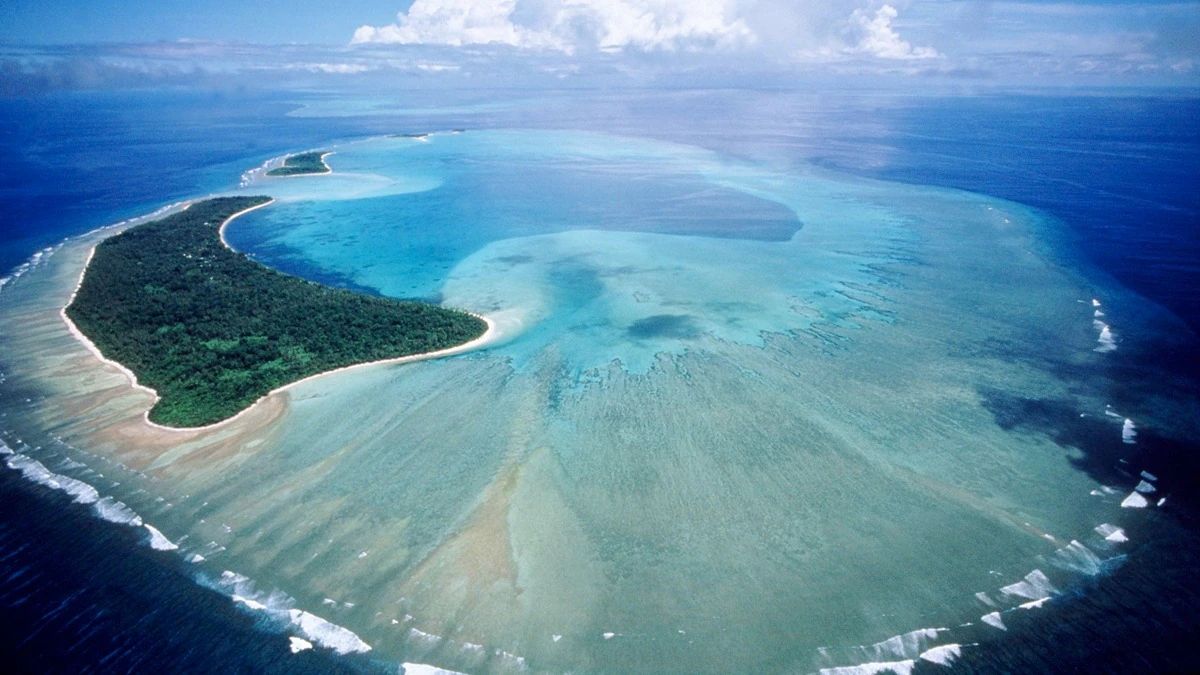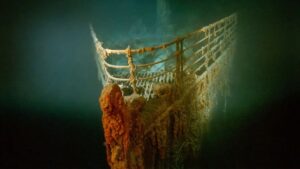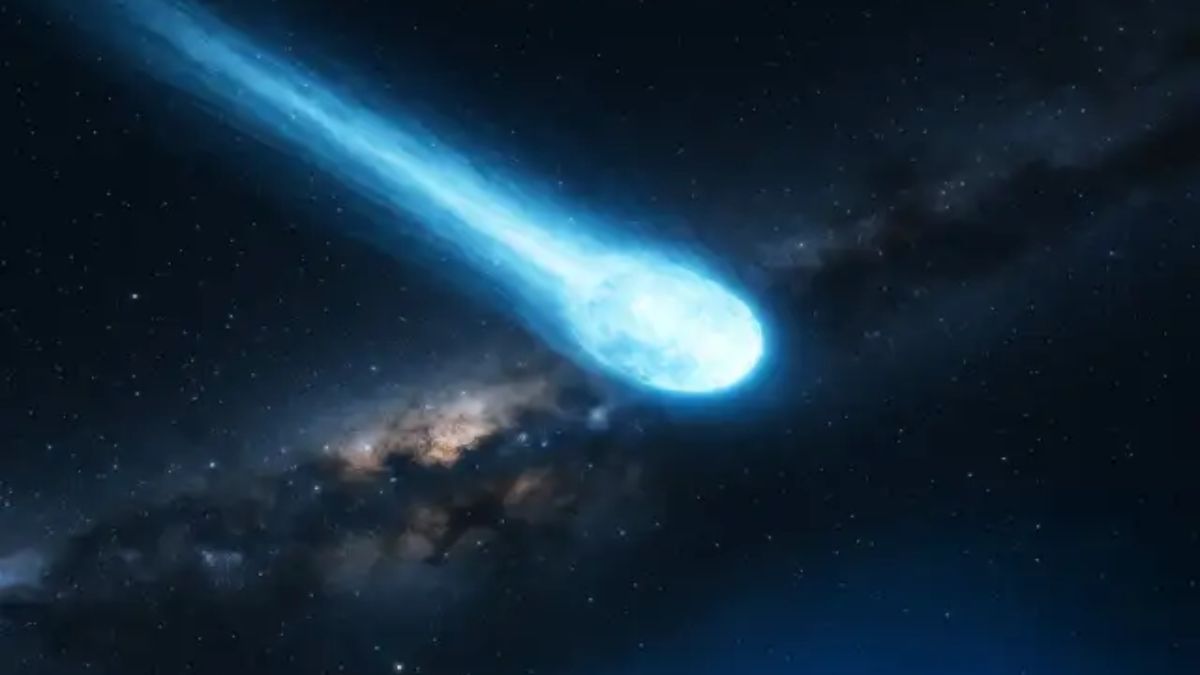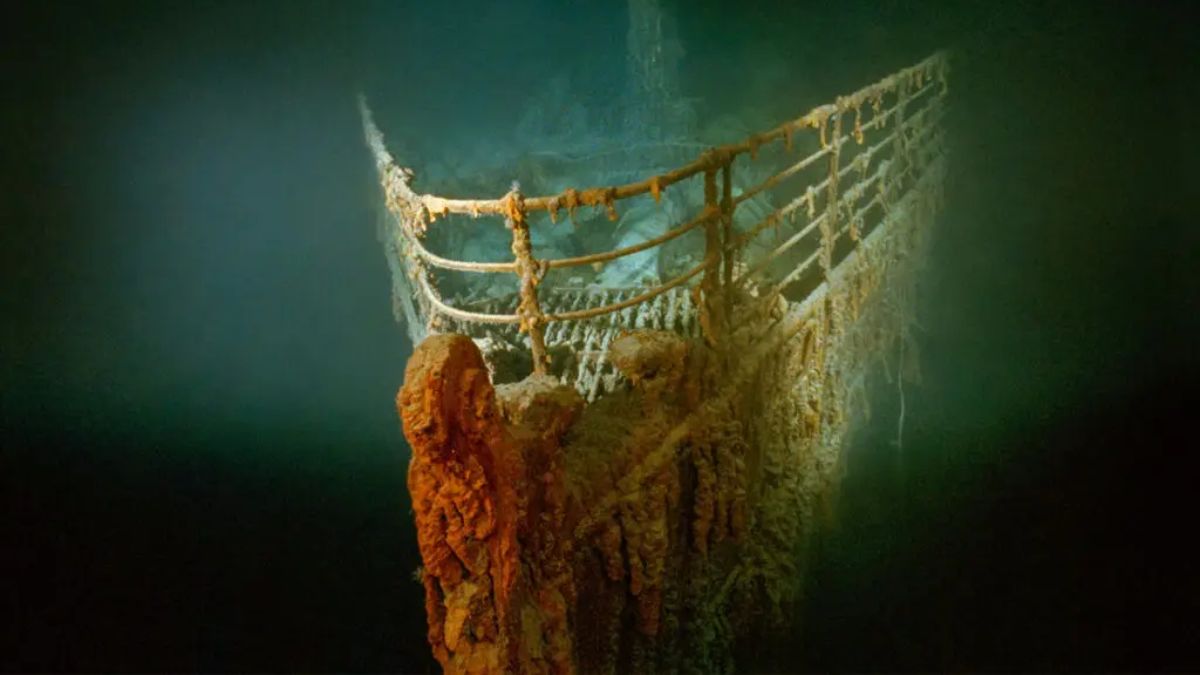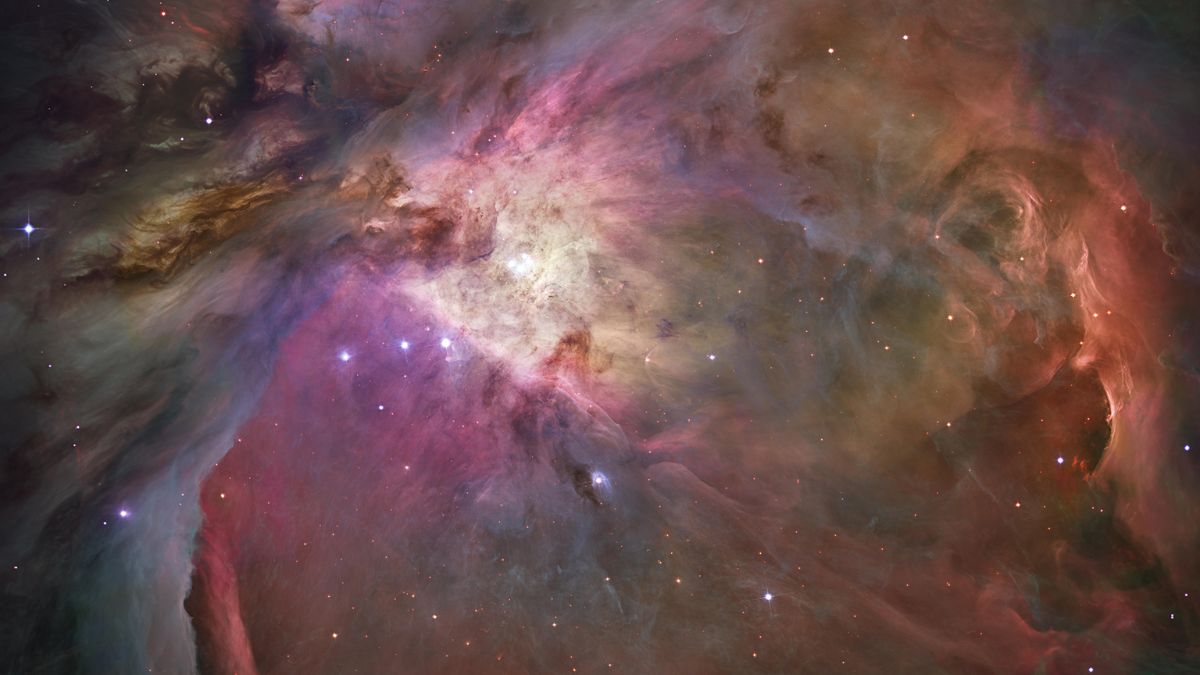The Earth’s interior has always been one of the greatest mysteries in science. While we’ve explored our planet’s surface and even ventured into space, we’ve barely scratched the surface when it comes to what lies beneath our feet.
Most of what we know about the Earth’s mantle, which makes up nearly 84% of the planet’s volume, comes from indirect clues like seismic waves generated by earthquakes. But now, a team of international geophysicists has uncovered something completely unexpected deep below the Pacific Ocean — and it’s raising a lot of questions.
Signals
The breakthrough came when scientists used an advanced method called full-waveform inversion — a type of seismic analysis that captures a complete picture of earthquake wave activity. Think of it like an MRI scan for the planet. This technique goes beyond the traditional methods, which only focused on a small portion of the waves. By analyzing the full spectrum of seismic data, researchers were able to build a much more detailed image of the lower mantle.
A team led by Thomas Schouten at ETH Zurich, in collaboration with Caltech, used supercomputers to process these enormous datasets. What they found completely contradicted current geological expectations: strange, plate-like structures buried deep beneath the Western Pacific — in places where tectonic activity was never supposed to have existed.
Surprise
This finding is unusual because the current understanding of Earth’s mantle dynamics suggests that such structures should only exist where subduction has occurred — where one tectonic plate dives beneath another. But in this part of the Pacific, there’s no historical or geological record of subduction events strong enough to explain the presence of these features.
So what are these mystery formations doing there? That’s the question scientists are now trying to answer.
Theories
Schouten and his team believe there could be several explanations for what they found. None of them are confirmed yet, but all are fascinating:
| Theory | Description |
|---|---|
| Sunken ancient plates | These could be remnants of tectonic plates from over 200 million years ago that somehow made it deeper than expected. |
| Primordial mantle fragments | These might be untouched pockets of the Earth’s original mantle, dating back nearly 4 billion years. |
| Iron-rich rock masses | Over time, dense materials like iron may have accumulated and created these anomalies. |
One of the project’s lead scientists, Professor Andreas Fichtner, summed up the team’s reaction with a striking analogy: “It’s like a doctor using a better scanner and suddenly finding an artery where it shouldn’t be. That’s exactly how we feel.”
Impact
You might be thinking, “So what? This is all happening miles below us.” But these deep structures actually have a lot of influence on the surface of our planet. Here’s why this discovery matters:
- Heat flow: The way heat travels through Earth’s interior can be affected by these hidden structures, changing how continents move.
- Volcanic activity: Some volcanoes, like those in Hawaii, are caused by mantle plumes. Anomalies in the mantle may shift how and where these plumes form.
- Plate tectonics: These findings might force a major rewrite of how scientists understand the creation, movement, and destruction of tectonic plates.
The discovery adds a completely new layer to our understanding of Earth’s interior. It’s not just about studying rocks — it’s about how the very engine of our planet functions.
Future
So, what’s next? To better understand what these deep mantle features are, scientists plan to:
- Combine seismic data with electromagnetic signals to build clearer maps of the Earth’s interior.
- Run high-pressure experiments in labs to mimic mantle conditions and test different materials.
- Use supercomputers to simulate different mantle scenarios and see which ones best match the new data.
These steps might finally reveal whether we’re looking at ancient geological ghosts or something far more surprising.
In the end, these findings remind us how much there still is to learn about the world beneath us. The Earth continues to keep its deepest secrets well hidden — and with each discovery, we get one step closer to understanding the engine that powers our planet.
FAQs
What did scientists find under the Pacific?
Unusual plate-like structures deep in the mantle.
How were these structures discovered?
Using full-waveform inversion and supercomputers.
Why is the discovery surprising?
There’s no known subduction in that region.
Could these affect volcanoes?
Yes, they may impact mantle plumes and hotspots.
What’s next for this research?
More simulations and lab experiments to identify materials.

